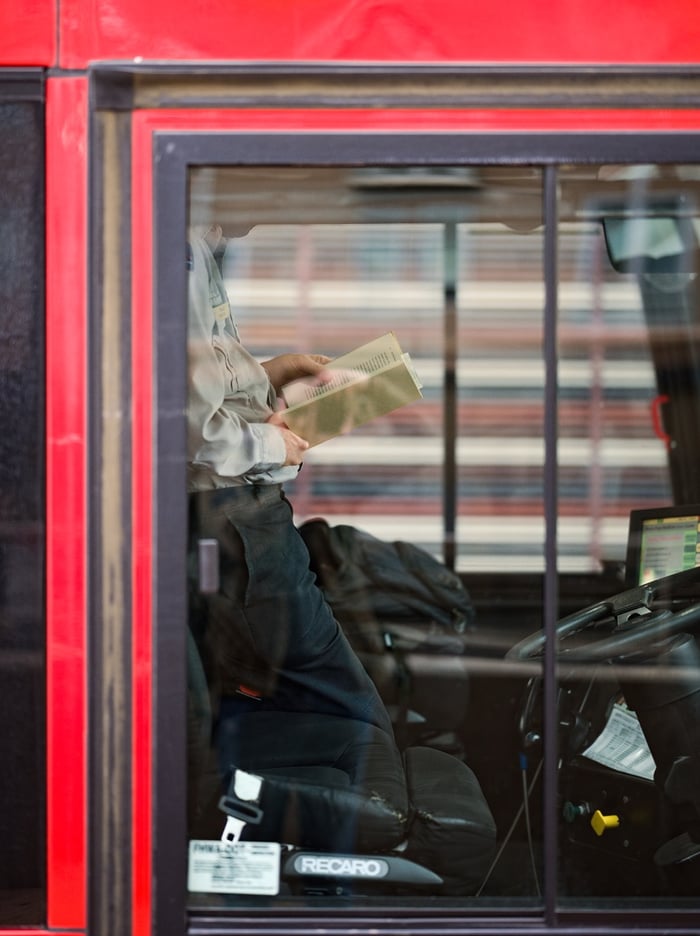The life of leisure

Catching some leisure time on the job (a photo of mine)
Zena Hitz, author of Lost in Thought: The Hidden Pleasures of an Intellectual Life, recently wrote an essay about leisure and time for Plough entitled "What is time for?" An excerpt:
The example of restless, workaholic Augustine is important. It is not true that he doesn’t have time. The fact is he, like us, is of two minds about leisure. He wants it and he doesn’t want it. He’s committed to other things: his job, his students, his patrons, his rest, and his social advancement above all. That is worth dwelling on for a moment. But there is a deeper problem: It’s not just that he doesn’t want to make sacrifices; he is actively avoiding leisure. He, like us, is afraid of it.
My family and I are soon going to be entering a long (for us) vacation, and a period where our "leisure" will call other parts of our lives into sharp relief. This upset of our daily life's routine I hope will give us some much-needed mental distance from the mundane, and I thought this would be a good newsletter to try and explore ways others have embraced activities that can help.
I'm envious of the skill that José Naranja demonstrates in his travel journals, where instead of taking pictures, he fills them detailed sketches, ephemera, and notes that make the journals themselves seem like pieces of art. These are the journals I've always wished that I could make, were I skilled at drawing.
But what about the skill of drawing? In a short opinion article Philip Pullman talks about how drawing helped him see the world differently. He says:
Drawing helps us see better. We never look at anything with so much attention as when we’re drawing it, and it’s a thinking attention, comparing this shape with that, the breadth of a hand with the span of the glass it’s holding, the darkness of that shadow with the brown of the velvet curtain, the foliage of that silver birch with the quite different leaves of the hornbeam beside it. Learning to draw is learning to see much more vividly and clearly.
I think this is true of many types of artistic endeavors: drawing of course, but also photography, and even descriptive prose.
In college I took an art class that began each day with short, timed, charcoals. The teacher set up either a live model, or a still life, prior to the class, and we were given 45 seconds to sketch it with charcoal on a large sheet of paper. There was no grading for our work, as the exercise was intended to train us to notice a scene's shape quickly, and confidently (there was no time for careful lines!) translate that shape to a different form. It was an interesting exercise, and while I can't say I was particularly skilled at it, I appreciated how it increased my ability to "notice" at the time.
Speaking of noticing, I ran across a couple of interesting articles related to one another, first is the idea of the sensory scavenger hunt. As described, this is a series of walks with a goal in a particular sensory category. From her words (and the short video for the concept):
- Find a visual that makes you happy
- Find a scent that relaxes you
- Find a sound that makes you smile
- Find a texture similar to your beloved one who first comes to your mind
- Find a taste that reminds you of your home
The Walkist (Anaiah Matthew) took the concept and expanded it into a sensory recall game, in order to retroactively strengthen memories of past events. It goes like this: recall one of the favorite places you've visited, listing at least one piece of information from each of the five senses.
I think it's an interesting thought to combine as a way to focus, and solidify, a particular situation (for instance, a conference, a vacation, or even an evening walk.) Take time to identify something from each sense, turning it over either in your thoughts, on paper, or to another person. Maybe an experiment to test out for our future trip.
As long as we're talking about journaling or sketching, this humorous poke at women who write while laying on their stomachs covers all the hard facts about women poised to write in their empty-but-ready notebooks in the least practical position.
This is the tenth issue of this newsletter. I hope you enjoy reading it as much as I enjoy writing it. It's been 20 weeks now since I started this project, and I'd love to hear any suggestions you may have. Is it too long? Too short? Too much? Too little? I'd welcome any thoughts you have.